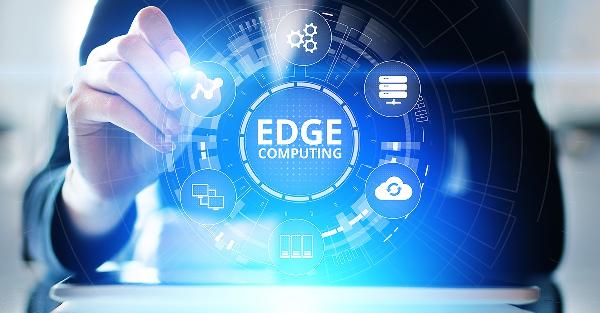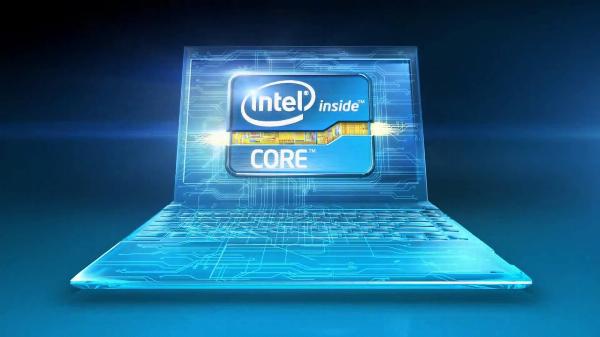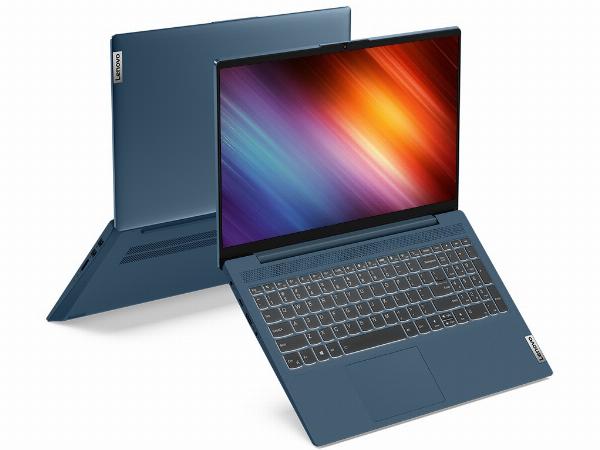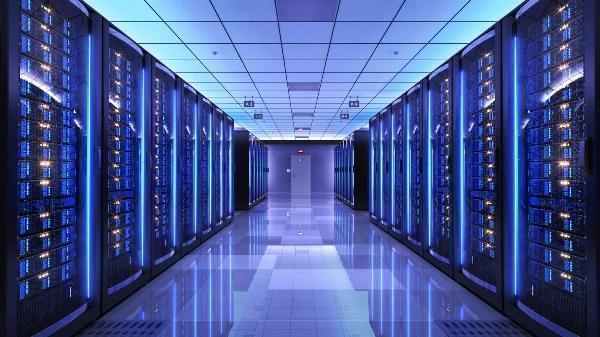Debunking Top 10 Myths About Edge Computing

You will often notice whenever a technology or a new invention becomes popular, the rumors start revolving around it. These removes are often called myths that have the power to influence public opinion. This time, these myths surrounding the popular IT technology that is, "Edge Computing"
You might have this word several times when you talk about data processing, managing bandwidth, or latency reduction. All businesses especially IT firms use edge computing in their processes to make their operations smooth.
Well! you can get unlimited information about edge computing and its benefits from Google. But in today's article, we will take a different approach as we are going to debunk certain myths about edge computing and will try to dispel them.
So just sit back and read the article till the end,
What do you mean by edge computing?
Before debunking the myths, let's try to understand the meaning of this word in easy language
Edge Computing is a distributed computing model that takes computing tasks and data storage close to the source where the data is collected and analyzed. In other words, you can say, it brings data near its original state to improve its response and bandwidth.
The main goal of Edge Computing is to reduce latency so it can process data in real-time, cutting network costs. Some of the main benefits of edge computing are:
- Reduces latency to improve data processing
- Improves Bandwidth by minimizing the amount of data sent to central servers. Enhances security by keeping sensitive data protected during data transmission.
- Increases Scalability by adding devices and applications without compromising the data transmission process
Myths About Edge Computing
Now, let's try to discuss some of the myths related to edge computing which are completely baseless.
Myth 1:
Edge Computing is just a trend that will fade away
Reality: Edge computing is not any trend, its real-time approach business uses to deal with the issues of latency and bandwidth. It is used in various industries such as:
Helps in the growth of IoT: It helps billions of devices all over the globe to generate massive amounts of data. Edge computing processes the data to improve its efficiency and provide maximum outcomes.
5G Integration: The introduction of 5G has improved the ability of edge computing by offering fast transmission at low latency rates.
According to a report by Statista, the total amount of data processed by businesses and organizations reached 64.2 zettabytes in 2020. It is expected to grow by 180 zettabytes in the coming five years.
Myth 2
Edge Computing Can Eliminate Cloud Computing
Reality: Another baseless myth is cloud computing and edge computing work together to deliver reliable solutions for organizations. Some of them are:
Hybrid Approach: Many businesses are employing a hybrid approach using both cloud and edge computing in their normal working. The work of edge computing is to manage data processing whereas cloud computing manages power efficiency and storage.
Managing Data: Edge computing processes the data locally and sends the information to the cloud. It helps in reducing the latency of the data stored on the cloud and maximizes bandwidth.
Myth 3
Edge Computing is Only for Large Enterprises
Reality: Anyone can utilize the benefits of edge computing as it is an open technology for all businesses and organizations.
Maximizes Productivity: Whether it's a small or medium-sized enterprise, everyone can use edge computing to improve their productivity and bring data closer to its source. It helps in improving response time.
Cost Effective: Local processing of data helps in reducing costs related to cloud storage and bandwidth. Therefore, small enterprises can use edge computing to optimize their operations using minimal costs.
Myth 4
Edge Computing is Not Secure
Reality: A complete misconception as Edge computing comes with various protocols and data protection systems.
Encryption: It comes with various encryption protocols ensuring the data transfer among the devices is secure and protected.
Verification: It features strong authentication processes, to protect your data from unauthorized access.
Myth 5
The edge computing devices are too costly
Reality: When running a business, you need to spend to get maximum profits in return. The price of edge computing devices varies depending on your requirements.
Technology Upsurge: With advancements in technology computing devices are becoming easily available. The decrease in the cost of hardware and easy availability of existing solutions are making these devices affordable
High ROI: With maximum outcome from edge computing devices can generate a high return on investment. There, you don't need to worry even if you are spending much on these devices.
Myth 6
Edge Computing Removes the need for data Centres
Reality: Again a myth because forms the basis of edge computing by providing an environment where edge computing operates.
Equal Roles: Edge and data centers complement each other and help you attain the utmost optimization. Data centers manage computation tasks whereas edge computing offers immediate data processing
Data Backup: Data centers provide data recovery to ensure data remains safe in case any errors occur to edge devices.
Myth 7
Edge Computing only reduces latency
Reality: Although data latency is the key element of edge computing but its not the only thing it offers.
Bandwidth Frequency: Edge computing helps to reduce bandwidth frequency by processing your data locally and sending information to the cloud. This also reduces networking costs,
Protection of Data: Edge computing keeps your sensitive information secure even during the transmission process. It helps to ensure that their data reaches the cloud without any harm or delay.
As per the reports of IDC, the global edge computing market reached 208 billion dollars in 2023 and will nearly touch 317 billion dollars by the end of 2026.
Myth 8
Edge Computing cannot be scaled after a certain extent
Reality: Edge computing scales with the increase in your business. The more demand your business has the more scalable the process
Flexible to change: Edge computing allows you to change the process even after it's optimized. You can add new nodes allowing businesses to scale their operations.
Cloud-Edge-Based Models: Combining edge computing with cloud-based services for maximizing efficiency and scalability. You can use the cloud for large amounts of data processing and storage while edge computing can perform local computing tasks.
Edge Computing Is The Need Of The Hour
It is a reliable and completely secure process that can be utilized in day-to-day business operations. All the myths and rumors surrounding data computing are completely baseless. By realizing the capability of edge computing you can maximize efficiency, reduce costs, and improve overall business performance.
Read More: What Are The Benefits Of Edge Computing To Different Industrial Sectors?
Note: IndiBlogHub features both user-submitted and editorial content. We do not verify third-party contributions. Read our Disclaimer and Privacy Policyfor details.







